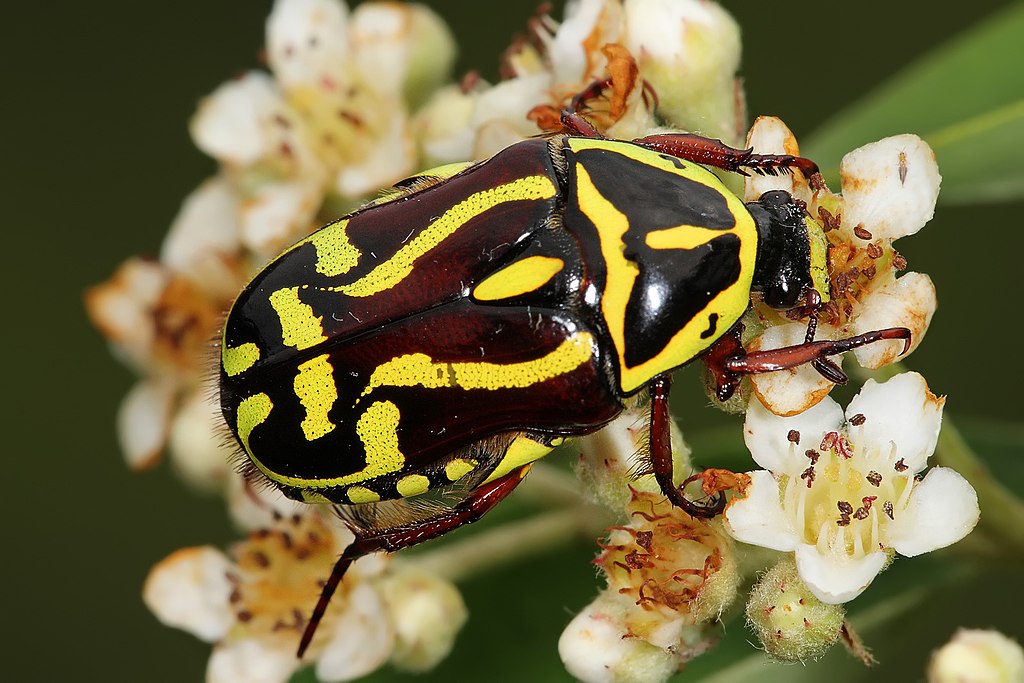The Hawaiian Islands, long celebrated for their breathtaking landscapes and unique biodiversity, are facing an unexpected ecological challenge from within. The Hawaiian scarab beetle, once a harmonious part of the islands’ delicate ecosystem, has transformed into a destructive force threatening native vegetation, agriculture, and the balance of its own natural habitat. This fascinating case of a native species becoming problematic in its own environment challenges our traditional understanding of invasive species and ecological disruption. What forces have turned this indigenous insect into a threat to its homeland? The answer lies in a complex interplay of environmental changes, human activity, and the remarkable adaptability of these resilient beetles. Let’s explore how this small but mighty insect is reshaping the ecological narrative of Hawaii and what it teaches us about conservation in changing island ecosystems.
The Origins and Evolution of Hawaii’s Native Scarab
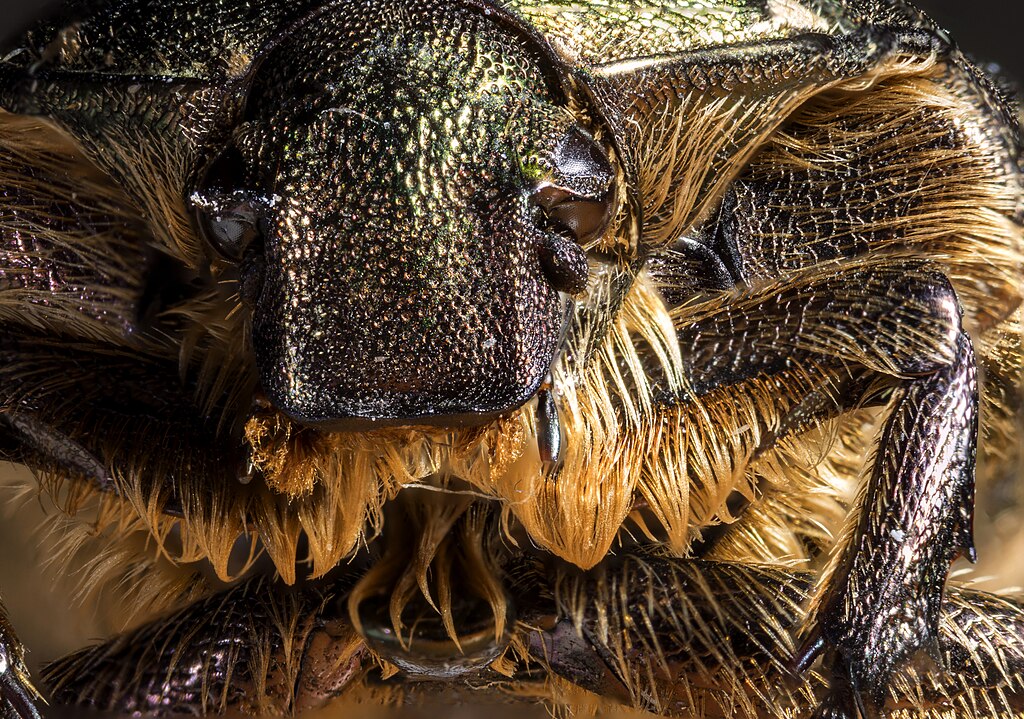
The Hawaiian scarab beetle, scientifically classified within the Scarabaeidae family, represents one of the most successful examples of natural colonization in the isolated Hawaiian archipelago. These beetles likely arrived on the islands between 2-5 million years ago, possibly through rafting on vegetation or carried by strong winds across the vast Pacific Ocean. Through adaptive radiation—the evolutionary process that produces new species from a single ancestral species—the original colonizing scarabs diversified into several endemic species uniquely adapted to Hawaii’s various ecological niches. Each island developed its own distinct beetle populations, with variations in size, coloration, and specialized feeding behaviors that reflected the specific plant communities they evolved alongside. This remarkable evolutionary journey created beetles perfectly attuned to Hawaii’s native ecosystem—until recent environmental shifts began to disrupt this ancient balance.
Physical Characteristics and Identification
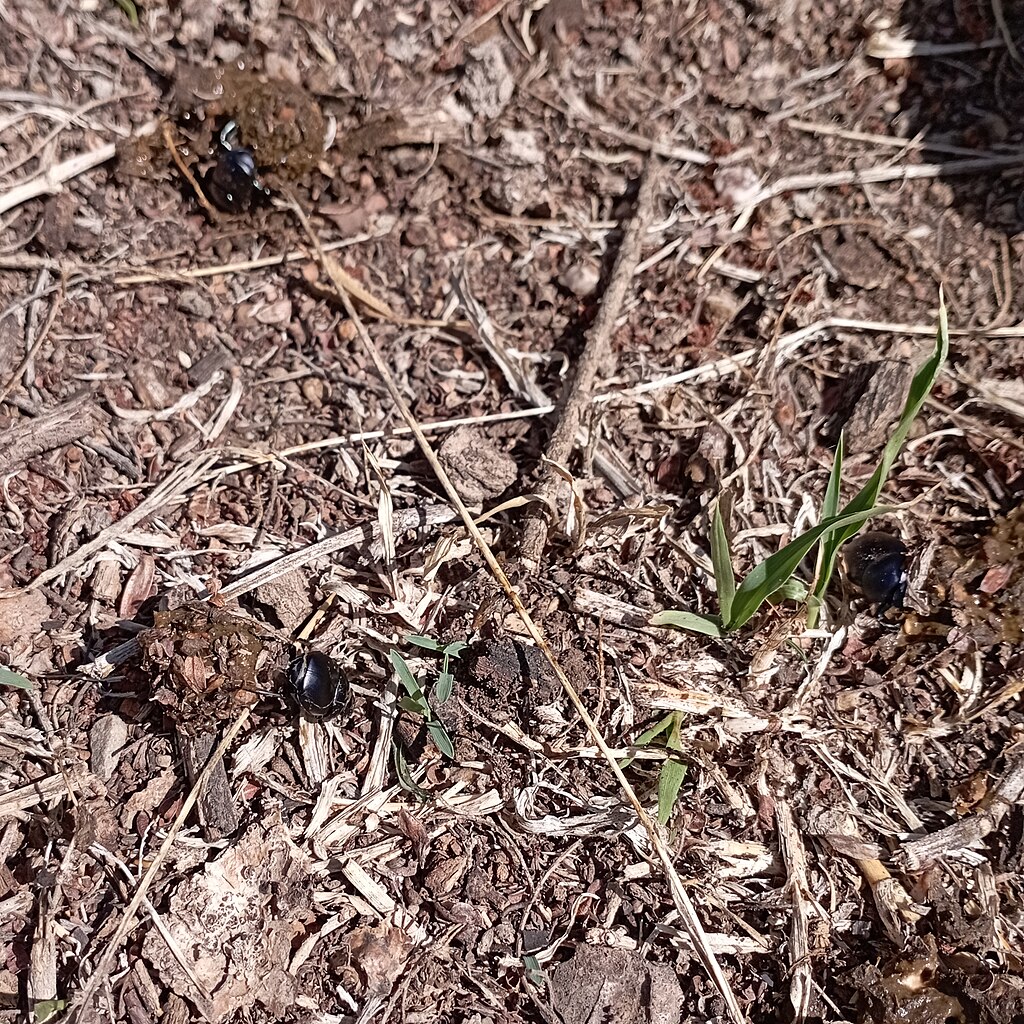
Hawaiian scarab beetles display remarkable diversity across species, though they generally share the characteristic robust, oval-shaped body typical of the scarab family. Most species measure between 15-30 millimeters in length, with hardened forewings (elytra) that protect their delicate flying wings underneath. Their coloration ranges from subtle earth tones of brown and black to more striking metallic greens and coppers, sometimes featuring intricate patterns that help them blend into their natural surroundings. The beetles possess lamellate antennae—distinctive structures that fan out at the tips like pages in a book—which they use to detect plant volatiles and potential mates. One of their most distinctive features is the specialized mouthparts evolved for their particular diets, whether for chewing tough plant material, sipping plant sap, or consuming decaying organic matter, depending on the specific species and its ecological role.
The Ecological Role: From Beneficial to Problematic
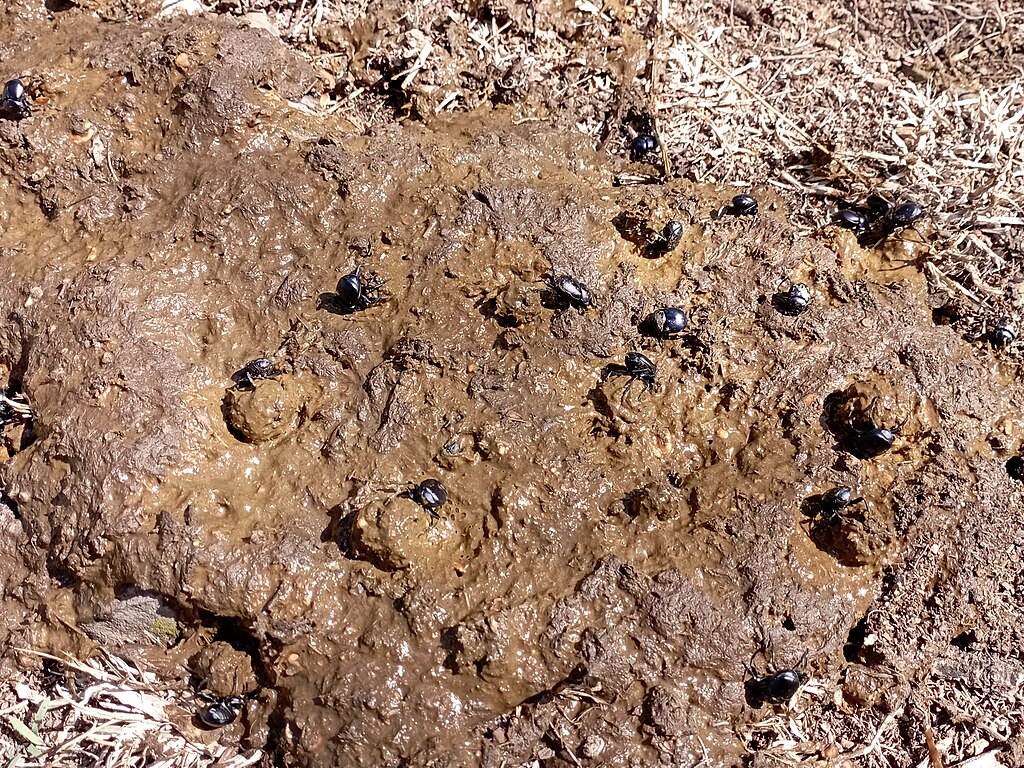
Historically, Hawaiian scarab beetles played vital roles in their native ecosystems as decomposers, pollinators, and components of the natural food web. Many species specialized in breaking down dead plant material, recycling nutrients back into Hawaii’s volcanic soils and supporting the growth of native vegetation. Others evolved mutualistic relationships with specific Hawaiian plants, aiding in pollination while feeding on nectar or pollen. These ecological services maintained a delicate balance within Hawaii’s isolated island ecosystems for millions of years. However, this equilibrium has dramatically shifted in recent decades as certain scarab species have expanded beyond their traditional ecological niches and population controls. What was once a beneficial relationship has transformed into an increasingly antagonistic one, with some scarab species now consuming living plant tissue at unsustainable rates and outcompeting other native insects for resources.
The Trigger Points: What Changed in Hawaii’s Ecosystem?
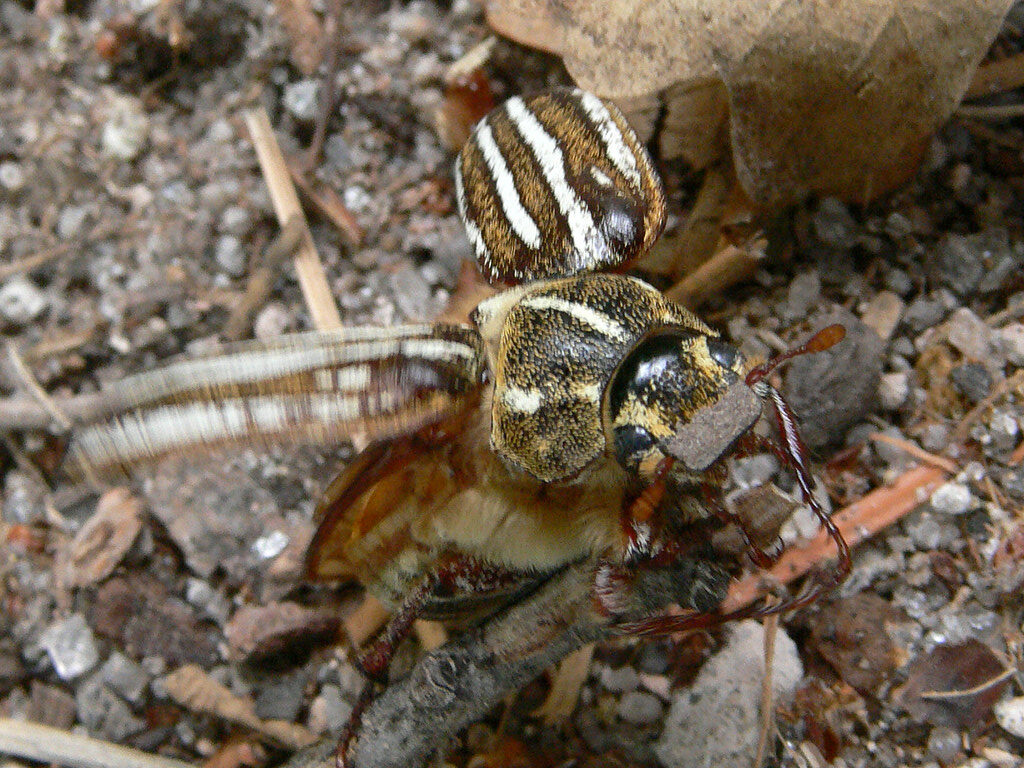
Several interconnected factors have transformed the relationship between Hawaiian scarabs and their native environment. Climate change has altered temperature and rainfall patterns across the islands, extending beetle breeding seasons and expanding suitable habitat ranges into previously inhospitable areas. The introduction of non-native plants has provided abundant new food sources for adaptable beetle species, fueling population explosions beyond what native predators can control. Simultaneously, the decline of natural predators—including native birds and other insects that historically kept beetle populations in check—has removed crucial biological controls from the ecosystem. Human development has fragmented natural habitats, creating disturbed edge environments where opportunistic scarab species thrive while more specialized native insects decline. Perhaps most significantly, the collapse of competing insect populations due to pesticide use, habitat loss, and introduced diseases has opened ecological niches that certain adaptable scarab species have rapidly filled, allowing them to become unexpectedly dominant in their native ecosystem.
Agricultural Impact: Crops Under Siege
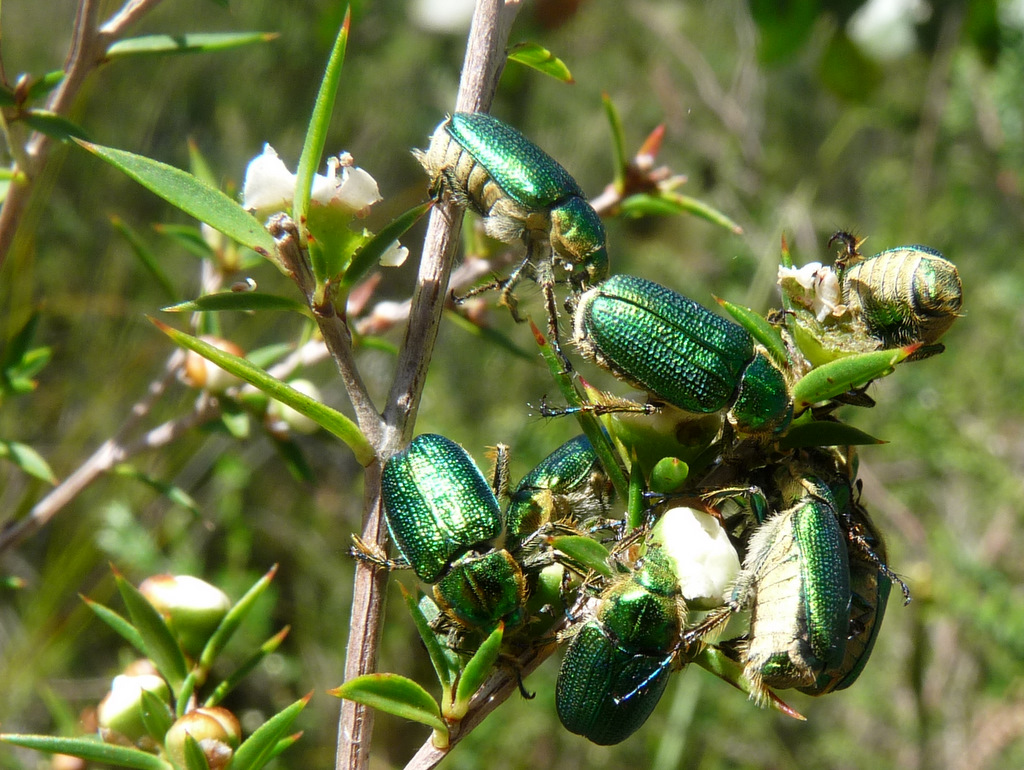
Hawaii’s agricultural sector has felt the mounting pressure of expanding scarab beetle populations with increasing economic consequences. These beetles target a wide range of cultivated crops, from staples like taro and sweet potato to commercial operations growing tropical fruits, coffee, and macadamia nuts. The damage occurs through multiple mechanisms: adult beetles defoliate plants by consuming leaves, while their larvae—commonly known as white grubs—attack root systems underground, weakening plants and making them vulnerable to disease and drought stress. On orchards and ornamental plants, certain scarab species target flowers and developing fruits, significantly reducing yields and marketable products. The economic impact extends beyond direct crop losses to include increased production costs as farmers implement beetle management strategies, with some small-scale operations reporting losses exceeding 30% of expected yields in heavily affected areas. This agricultural pressure comes at a particularly challenging time for Hawaii’s food security initiatives, which aim to reduce the state’s heavy dependence on imported food through increased local production.
Native Flora at Risk: The Botanical Casualties
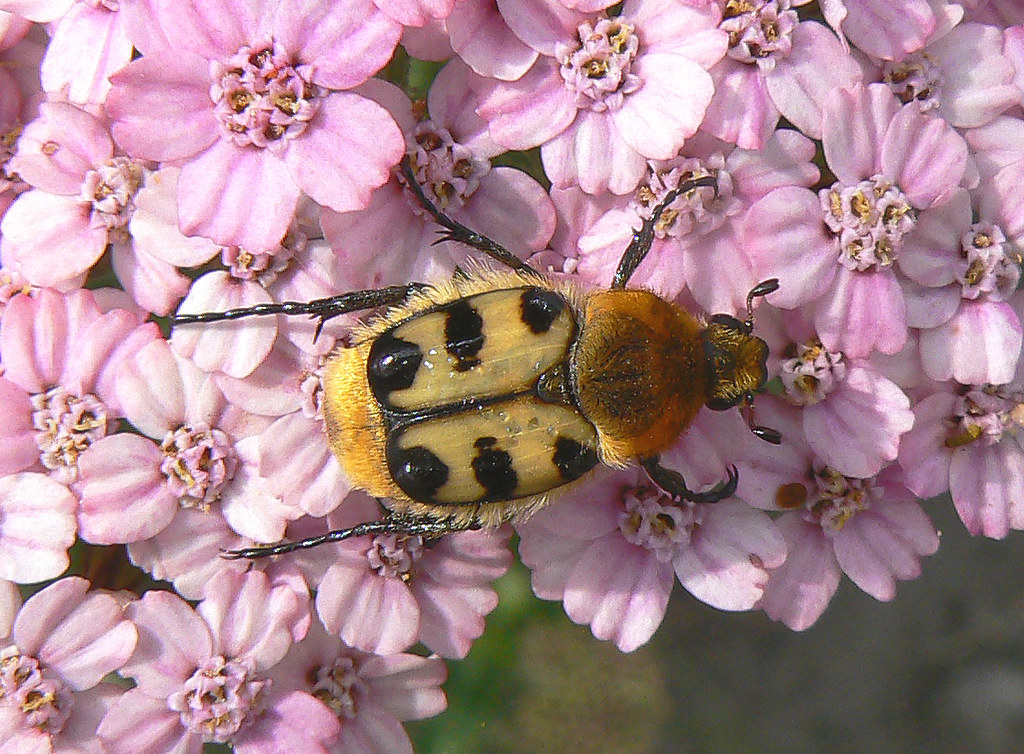
Hawaii’s unique native plant communities, already under pressure from multiple threats, face an additional challenge from surging scarab beetle populations. Endemic plants that evolved without defenses against intensive herbivory are particularly vulnerable to these newly aggressive native insects. Rare species in the Hawaiian lobelioid family, with their delicate growth patterns and limited distribution, have suffered significant damage in natural areas where beetle populations have spiked. In montane forest ecosystems, certain scarab species target the growing tips of native trees like koa and ‘ōhi’a, stunting their growth and reducing their reproductive capacity during critical flowering periods. Perhaps most concerning is the impact on critically endangered plant species with populations of fewer than 100 individuals remaining in the wild—for these botanical treasures, even modest beetle herbivory can represent an existential threat. Conservation botanists have documented cases where beetle damage has necessitated emergency protective measures, including physical exclosures and targeted pest management, to prevent the complete loss of botanical species found nowhere else on Earth.
The Ripple Effect: Broader Ecological Consequences
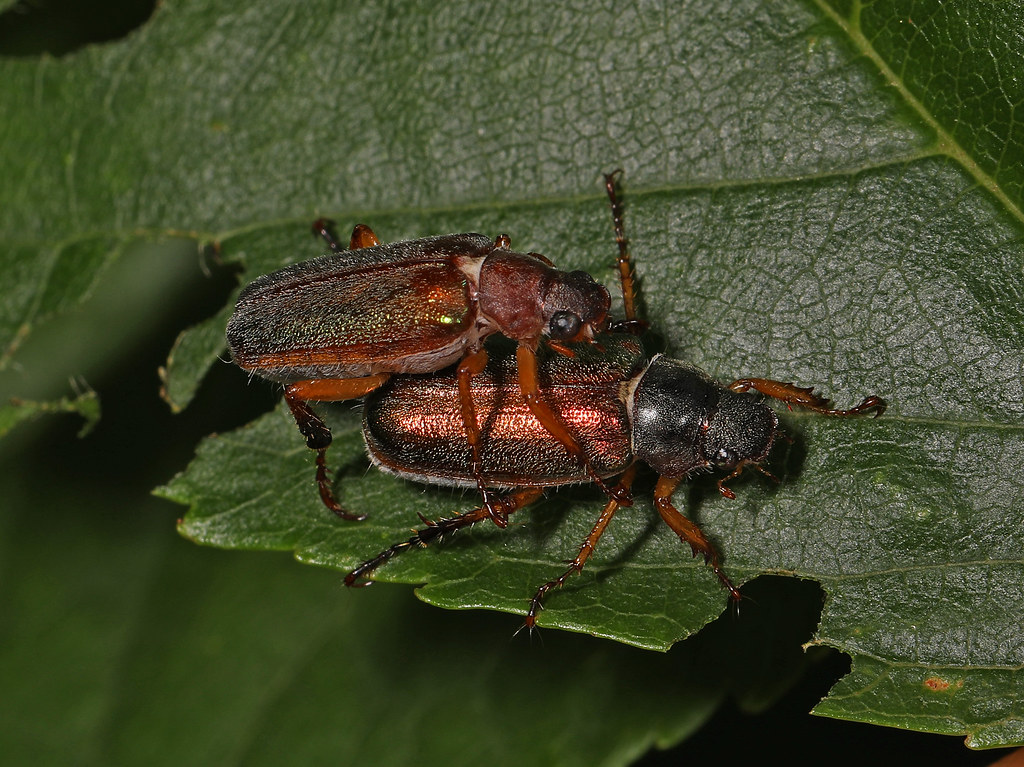
The ecological disruption caused by booming scarab beetle populations extends far beyond direct plant damage, creating cascading effects throughout Hawaii’s fragile ecosystem. As beetles consume excessive amounts of vegetation, they reduce critical habitat and food sources for other native insects, including rare Hawaiian picture-wing flies and endemic moth species that depend on specific host plants. Native bird populations, many already endangered, face reduced nesting sites and diminished food resources as beetle herbivory alters forest structure and fruit production. The soil ecology itself is changing as beetle larvae reach unprecedented densities in some areas, altering decomposition rates and nutrient cycling processes that have evolved over millions of years. Perhaps most insidiously, these ecological changes create feedback loops that further advantage the beetles—as forest canopies thin from beetle damage, increased light penetration creates warmer, drier conditions that favor beetle reproduction while stressing moisture-dependent native plants. These interconnected impacts demonstrate how a single native species, when released from its natural constraints, can reshape entire ecological communities from the ground up.
The Scientific Puzzle: Why Some Species Become Problematic
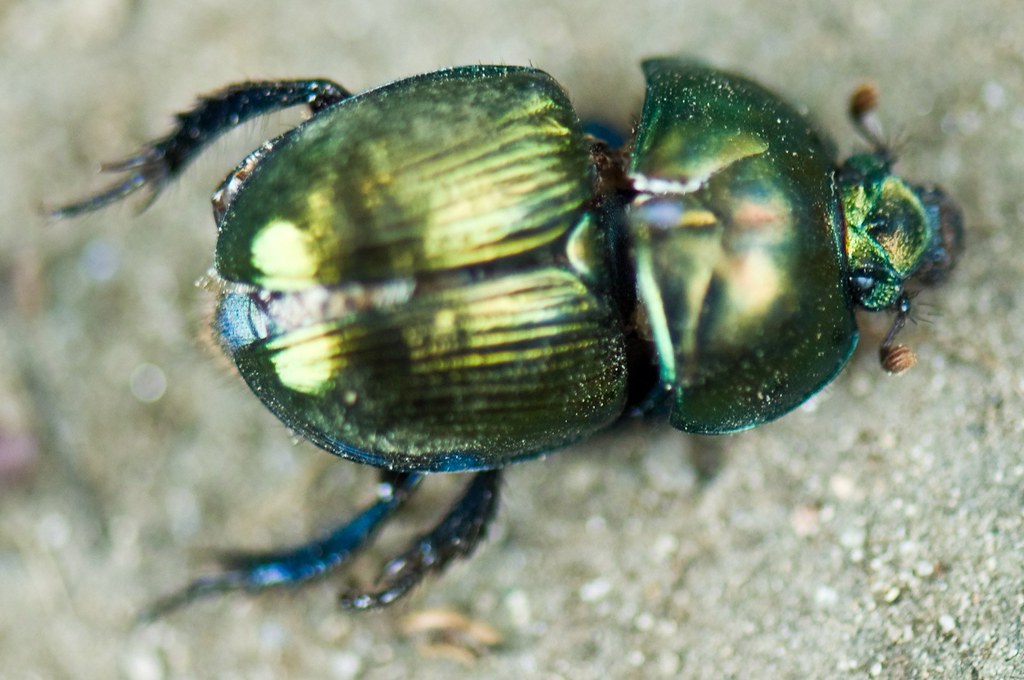
The transformation of certain Hawaiian scarab beetles from balanced ecosystem participants to destructive forces presents a fascinating evolutionary and ecological puzzle that scientists are working to unravel. Research suggests that not all of Hawaii’s approximately 15 native scarab species have become problematic—rather, specific traits appear to predispose certain species toward population explosions when environmental conditions shift. Species with broader dietary flexibility and shorter generation times have demonstrated the greatest capacity to capitalize on ecosystem changes and expand beyond their historical population boundaries. Genetic studies reveal intriguing patterns of rapid microevolution in some problematic populations, with evidence of selection for traits that enhance feeding efficiency on both native and introduced plants. Perhaps most interestingly, researchers have documented behavioral shifts in certain beetle populations, including changes in activity patterns, feeding preferences, and reproductive timing that appear to be responses to altered environmental cues. Understanding these mechanisms may provide crucial insights not just for managing Hawaii’s scarab challenge, but for predicting which native species might become problematic in other ecosystems experiencing rapid environmental change.
Management Challenges: The Native Species Dilemma
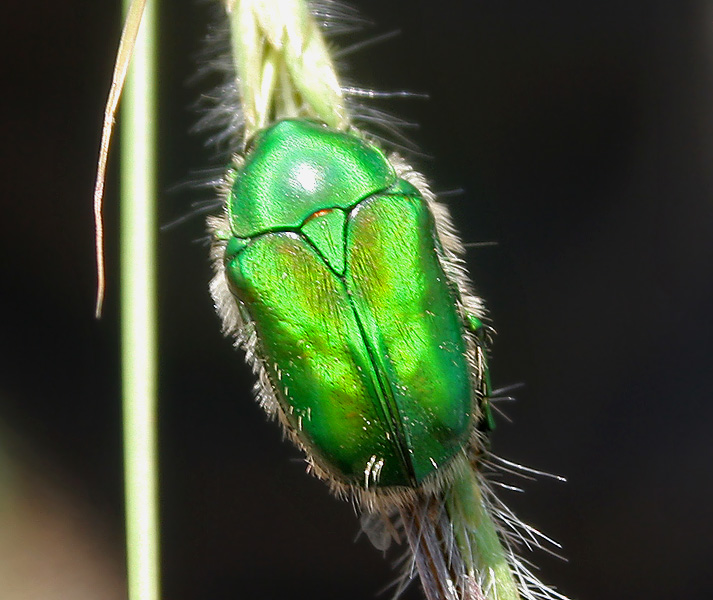
Managing problematic Hawaiian scarab beetles presents unique ethical and practical challenges precisely because they are native species, not introduced invaders. Conservation managers face difficult philosophical questions about appropriate intervention when a native species becomes ecologically disruptive, especially when that disruption stems partly from human-caused environmental changes. Traditional invasive species control methods like biological control agents must be approached with extreme caution, as introducing predators or pathogens could potentially harm not just the target beetle species but other native insects with similar evolutionary histories. Regulatory frameworks designed for managing non-native pests often provide inadequate guidance for addressing native species that have become problematic. The situation is further complicated by the cultural significance of native species in Hawaiian tradition and the need to balance ecological management with respect for indigenous perspectives on the relationship between humans and native biota. These complex considerations require innovative approaches that address beetle impacts while acknowledging their legitimate place in Hawaii’s natural heritage and ecological history.
Innovative Control Strategies
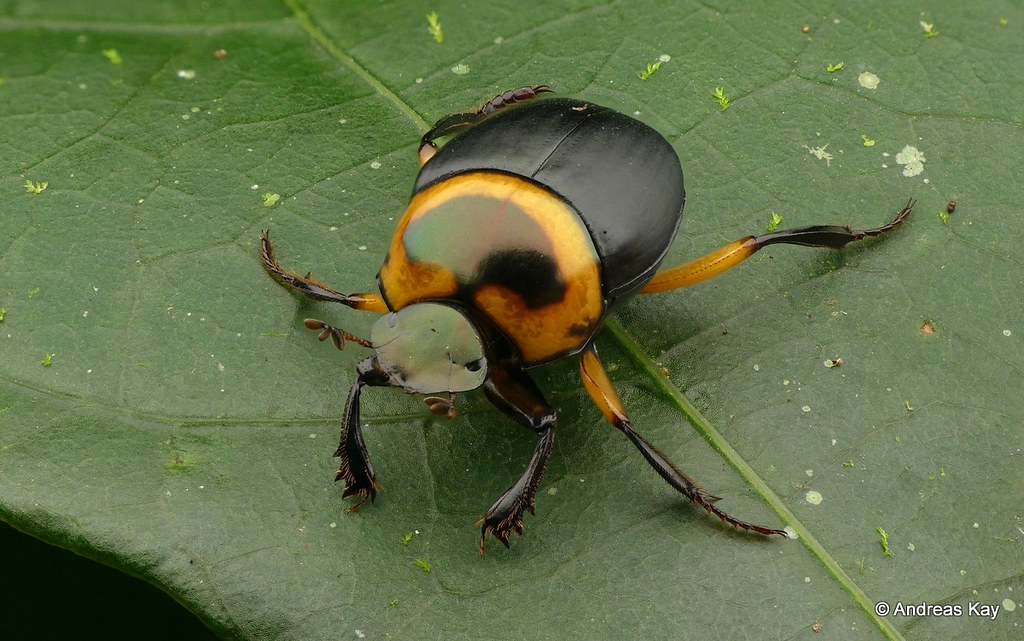
Faced with the unique challenge of managing a problematic native species, researchers and land managers are developing targeted approaches that minimize ecological disruption while addressing scarab beetle impacts. Habitat manipulation techniques show promise, including strategic planting of beetle-resistant native plant varieties in restoration areas and maintaining diverse plant communities that support natural beetle predators. Pheromone-based monitoring systems allow for precise tracking of beetle population dynamics, enabling early intervention before populations reach damaging levels. For agricultural protection, physical barriers like protective netting and trench systems have proven effective at protecting high-value crops without relying on broad-spectrum pesticides that would harm beneficial insects. Some farms have successfully implemented controlled light management practices that disrupt beetle mating behavior during peak activity periods, significantly reducing egg-laying in protected areas. Perhaps most promising are biologically-based approaches using native fungal pathogens that target beetles while posing minimal risk to other insects—these native microorganisms, which naturally regulate beetle populations under balanced conditions, can be cultivated and applied strategically to restore natural population controls without introducing foreign biological agents.
Research Frontiers: Understanding and Predicting Outbreaks
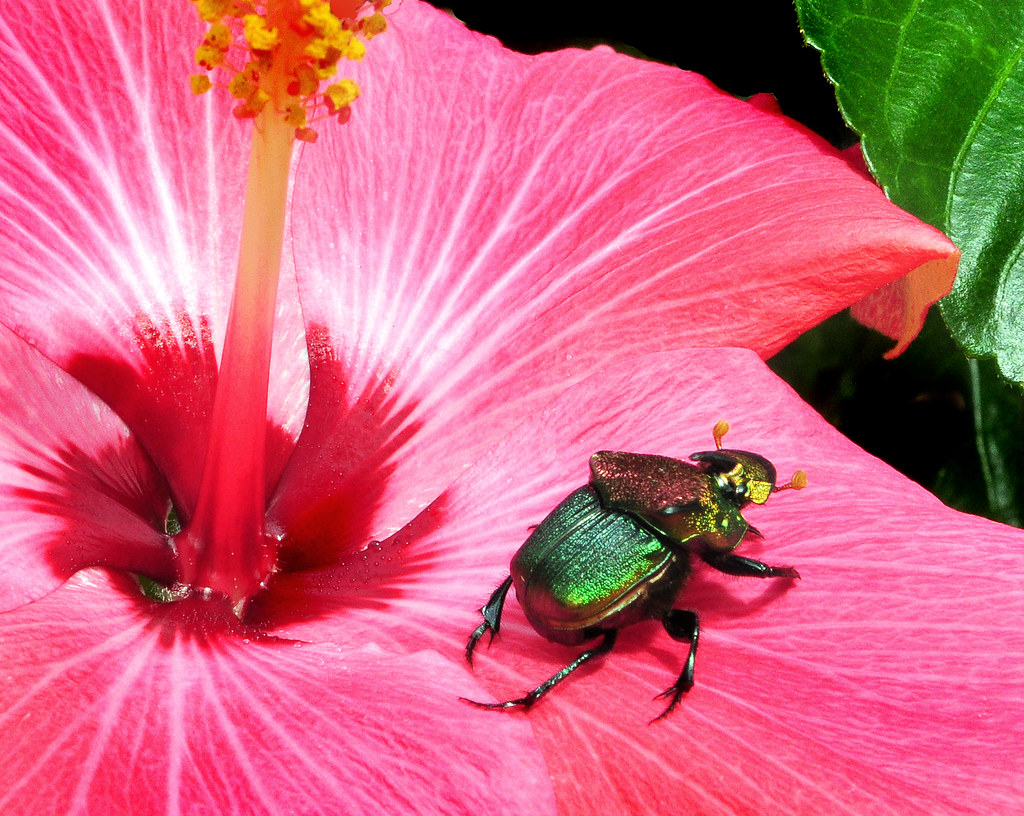
Scientific research on Hawaiian scarab beetles has accelerated as their ecological impact has grown, with multiple disciplines converging to understand the complex dynamics driving population surges. Cutting-edge genomic studies are mapping the genetic basis for beetle adaptability, revealing how quickly these insects can evolve in response to environmental changes. Climate scientists are developing sophisticated models that predict future beetle distribution and abundance based on projected temperature and rainfall patterns across the Hawaiian archipelago. Novel ecological monitoring techniques, including environmental DNA sampling and automated acoustic monitoring of beetle activity, are providing unprecedented data on population dynamics across different habitats and elevations. Particularly intriguing is emerging research on the microbiome of problematic beetle populations, which suggests that shifts in the insects’ gut bacteria may facilitate their adaptation to new food sources and environmental conditions. These research frontiers not only inform immediate management efforts but contribute to the broader scientific understanding of how native species respond to anthropogenic change—knowledge that will prove increasingly valuable as ecosystems worldwide face similar challenges.
Success Stories: Where Balance Has Been Restored

Despite the significant challenges posed by problematic scarab beetles, several promising success stories demonstrate that ecological balance can be restored through thoughtful intervention and ecosystem management. In North Kohala on the Big Island, a community-based watershed restoration project incorporated strategic beetle management into their broader ecological restoration plan, successfully reducing scarab damage while increasing native plant survival rates by over 60%. The Haleakalā National Park’s high-elevation restoration areas have implemented a comprehensive approach combining beetle monitoring, targeted protection for vulnerable plant species, and enhancement of natural predator habitat, resulting in stabilized beetle populations and recovering plant communities. On agricultural lands, several organic farms have pioneered integrated pest management approaches specifically tailored to Hawaiian scarabs, achieving significant reduction in crop damage while maintaining certification standards that prohibit synthetic pesticides. Perhaps most encouraging are restoration sites where initial intensive management has given way to more self-regulating ecosystems as ecological relationships rebalance—these areas demonstrate that while complete elimination of beetle impacts isn’t realistic or necessarily desirable, functional ecological relationships can be restored even in systems that have experienced significant disruption.
Lessons for Global Conservation: When Natives Become Problems
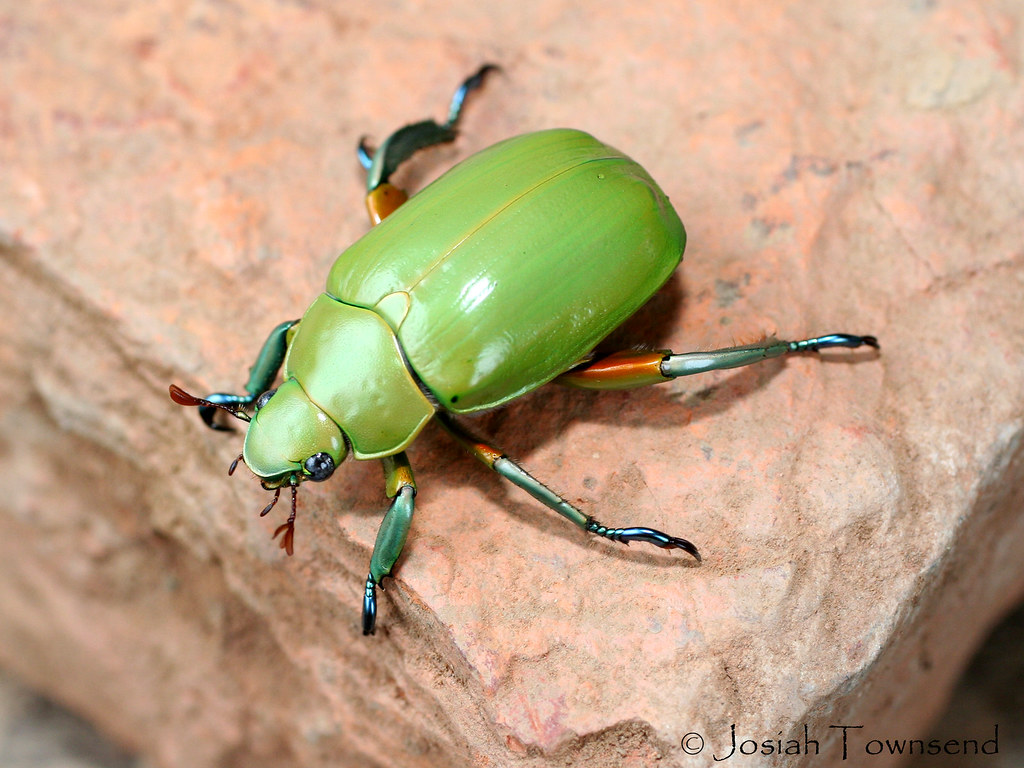
The Hawaiian scarab beetle situation offers valuable insights for conservation biology worldwide as climate change and habitat alteration increasingly disrupt ecological relationships. This case challenges the traditional conservation paradigm that often categorizes species as either “native and beneficial” or “non-native and problematic,” revealing a more nuanced reality where ecological context determines a species’ impact regardless of its origin. The Hawaiian experience demonstrates the importance of monitoring population dynamics of all species in vulnerable ecosystems, not just known invasives, to detect early signs of ecological imbalance before significant damage occurs. For island ecosystems globally—which represent hotspots of both biodiversity and extinction risk—the Hawaiian scarab story highlights the need for conservation approaches that focus on ecosystem function and resilience rather than simply preserving historical species compositions that may no longer be sustainable under changed conditions. Perhaps most importantly, this situation emphasizes that effective conservation in the Anthropocene requires both proactive ecosystem management and acceptance that some degree of novel ecological arrangement is inevitable as species respond to unprecedented environmental changes.
Conclusion
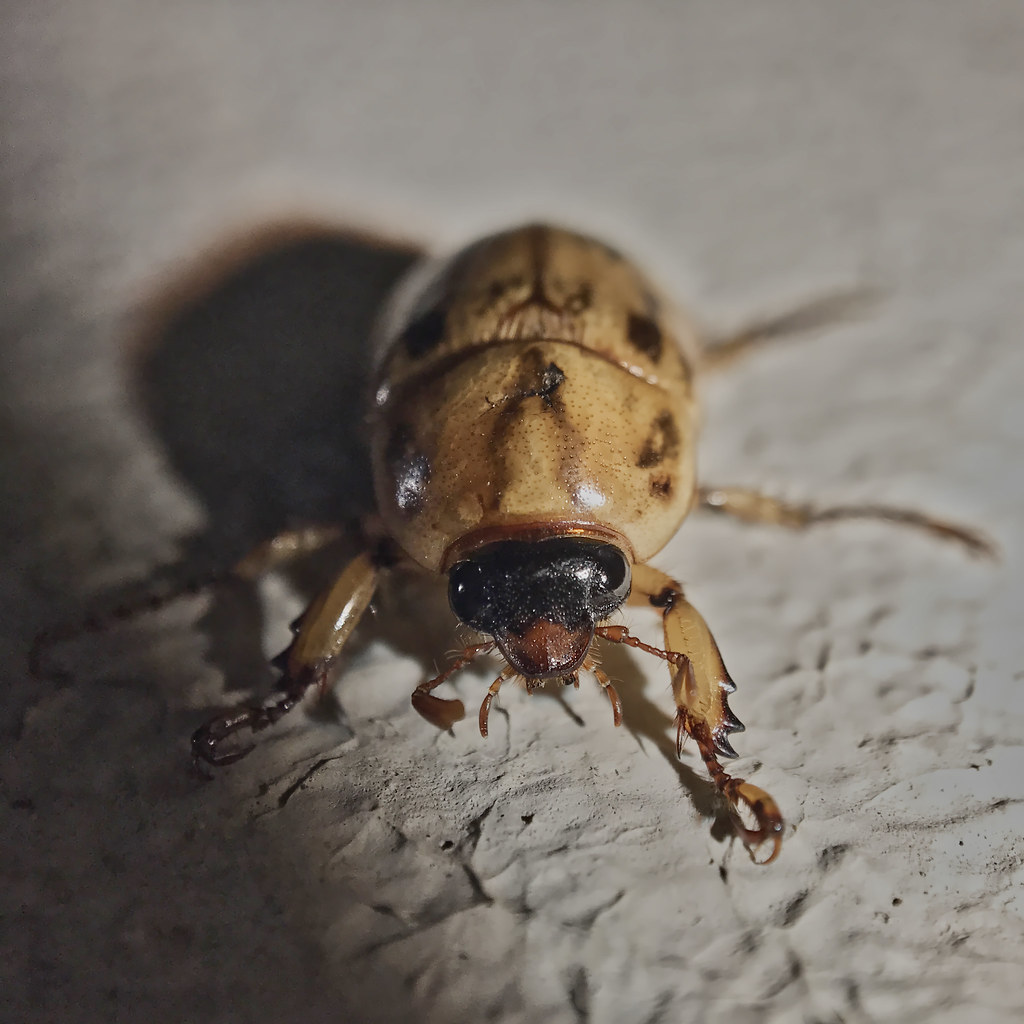
The saga of the Hawaiian scarab beetle exemplifies nature’s complexity and resilience in the face of change. As this native insect responds to altered environmental conditions by expanding beyond its traditional ecological role, it challenges our understanding of conservation and ecosystem management. Rather than viewing this situation as simply a problem to be solved, we might better understand it as an ecological recalibration—albeit one accelerated by human influence. The most successful approaches to managing problematic native species like the Hawaiian scarab blend scientific innovation with ecological humility, recognizing that restoration of perfect historical conditions may be impossible, but functional, diverse ecosystems remain achievable. As climate change continues to reshape ecosystems worldwide, the lessons from Hawaii’s beetle challenge will prove increasingly relevant to conservation efforts globally. By developing nuanced approaches that acknowledge the legitimacy of native species while addressing their impacts when they become ecologically disruptive, we can work toward a conservation ethic suited to our rapidly changing world.

